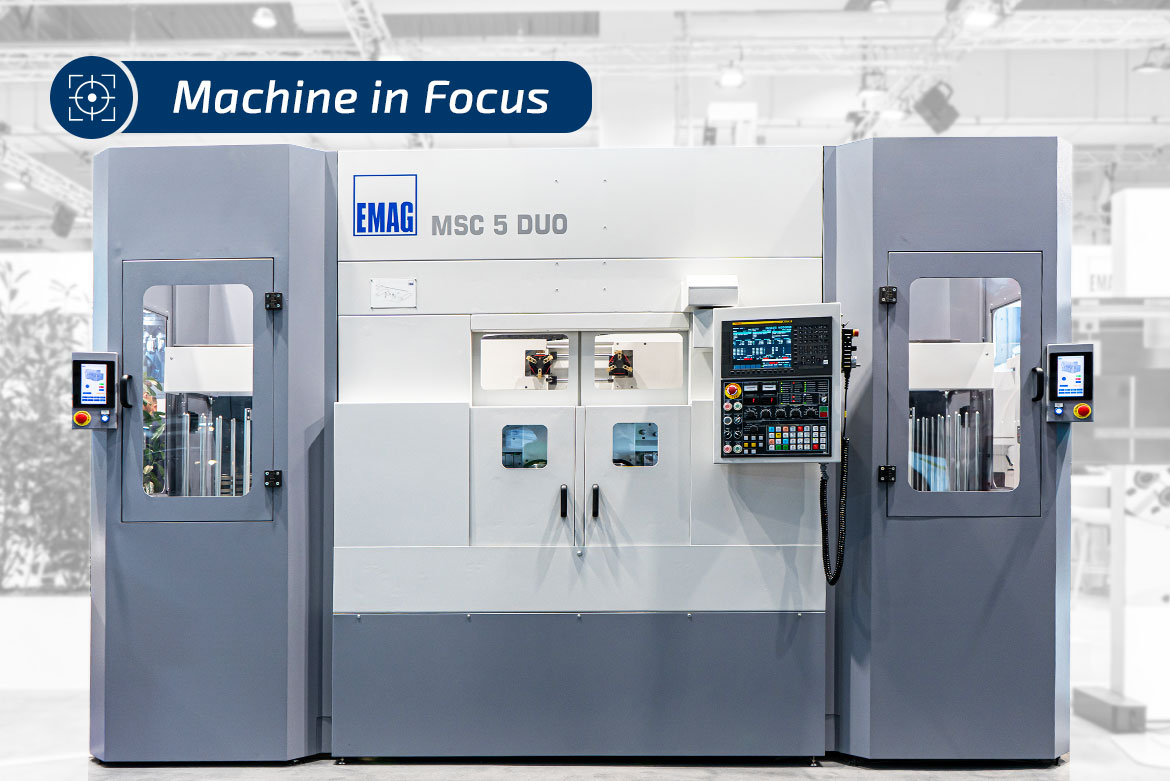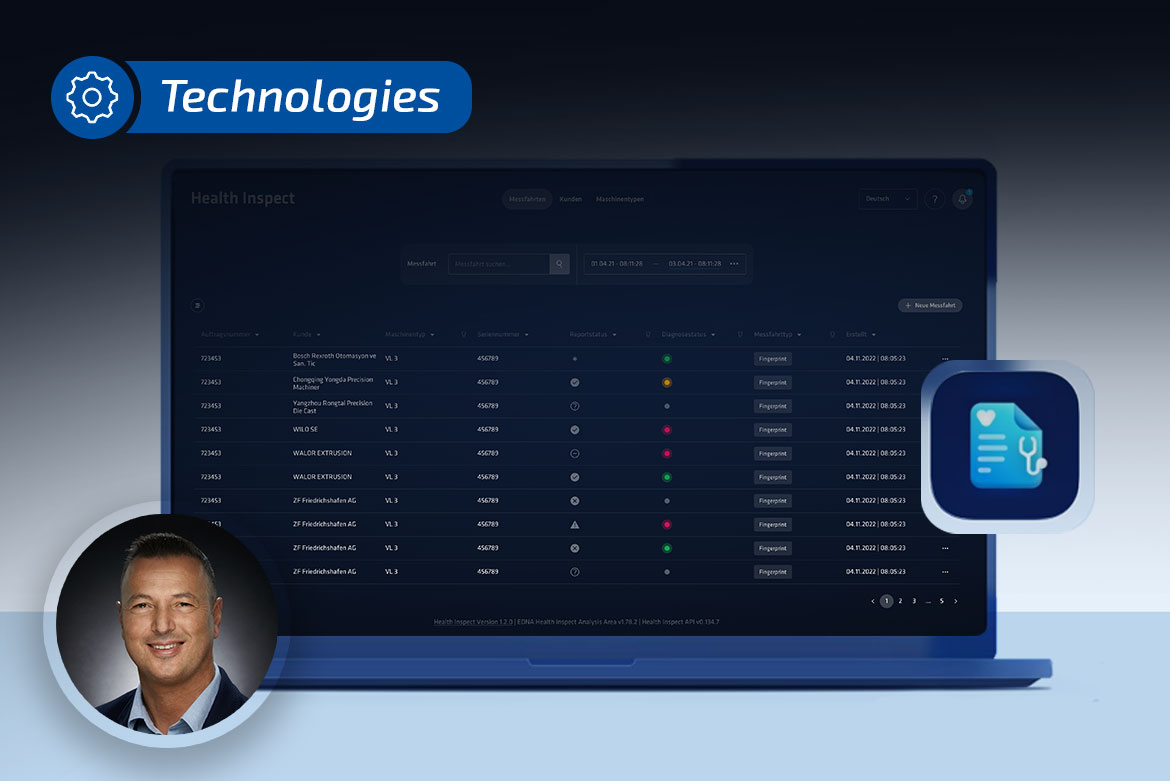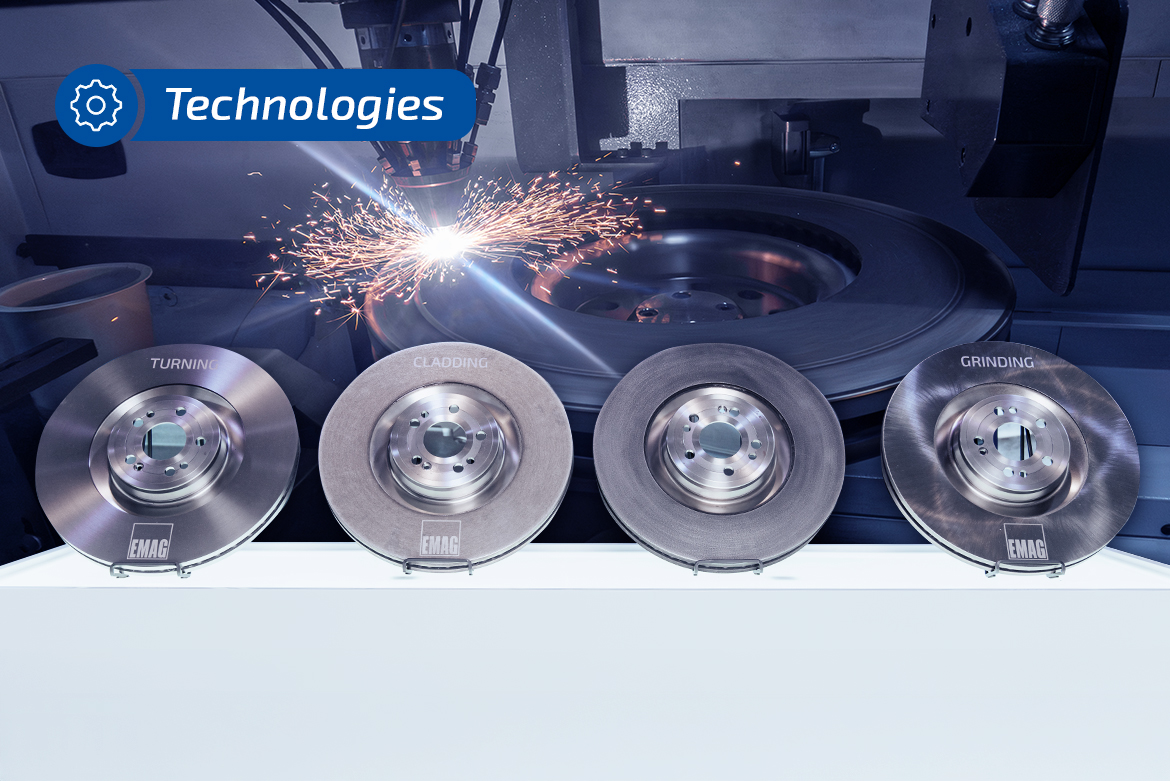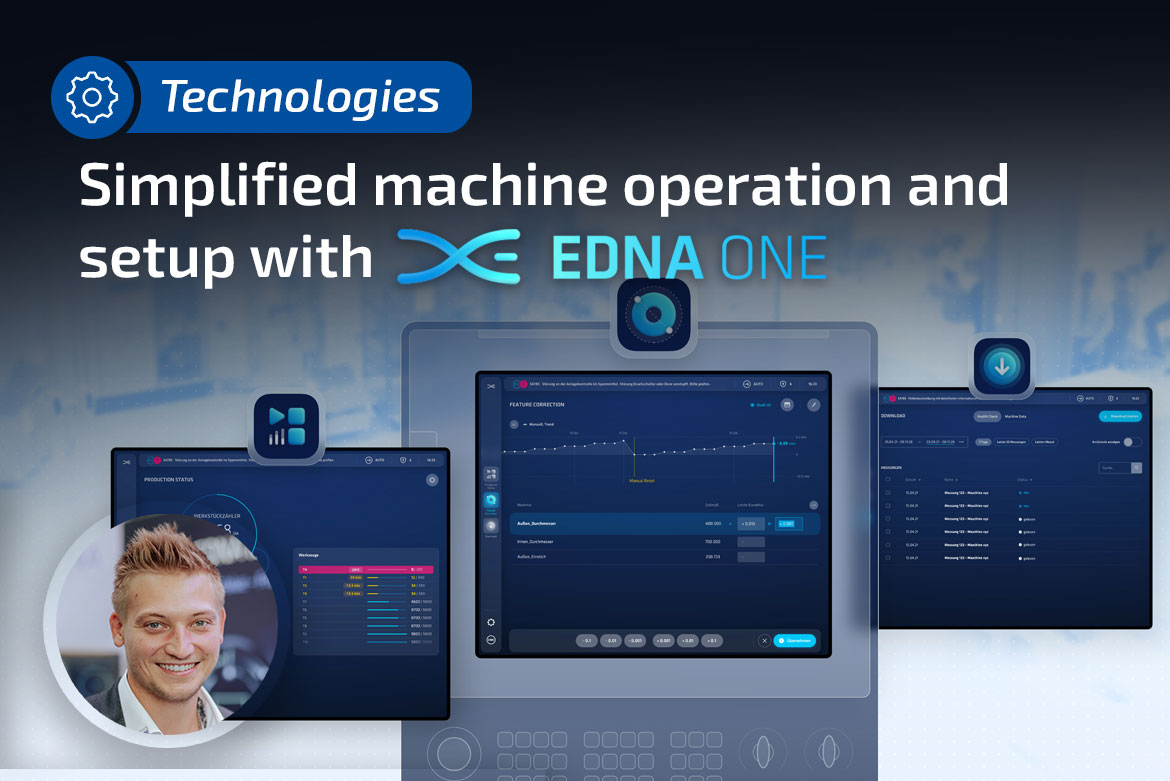The automated production of turned parts in medium and large batch production requires CNC turning machines that combine productivity, process reliability and cost-effectiveness. The MSC 5 DUO from EMAG’s Classic series addresses these requirements with a machine configuration consistently designed for automation. As a fully automated CNC lathe with a double-spindle concept, the machine is positioned in the compact manufacturing cell segment for workpieces up to 120 mm in diameter and 85 mm in length.
Oliver Hagenlocher
Daniel Rujanoski is Director of Global Sales & Applications at EMAG LaserTec and is responsible for technical sales and the Laser Application Center. In this interview, the expert in laser welding technology explains the technical features and cost-saving advantages of the new ELC 6i – a standardized laser welding cell for powertrain components.
Stepped planetary gears are a key component in the drivetrains of electric vehicles. These components must meet high precision requirements while remaining cost-effective for series production. The combination of geometric complexity and tight tolerances demands sophisticated manufacturing concepts.
Double helical gears are a special type of gear in which two helical gears are arranged in a mirror image configuration on the same shaft. This design can withstand high loads and is significantly more cost-effective to manufacture than herringbone tooth profiles. Double helical gearing combines the advantages of helical gearing, which can absorb high loads, with the additional benefit of compensating for axial forces through its mirror-image arrangement.
The insertion of field rifling profiles into a barrel – such as those used in sporting rifles – is a very demanding task. The complex internal geometry is difficult to achieve using conventional cutting and forming tools and must be manufactured with extreme precision. While forming processes are often used, they require high capital investment and generate additional process costs. Electrochemical machining (ECM) from EMAG offers an alternative: a fast and effective process that delivers high-precision surfaces. In this interview, Daniel Plattner, Technical Sales Manager at EMAG ECM, discusses the possibilities of this innovative production method for rifling.
Today we talk to Syl Kastrati, responsible for development at EMAG, about the new diagnostic tool EDNA Health Inspect, which has been specially developed for VL (Single/Duo), VSC (Single/Duo) and VT.
The design and development of coated brake discs are becoming increasingly important in the automotive industry. The main driver behind this shift is the need to reduce brake dust emissions, as mandated by international regulations like GTR 24 and the Euro 7 standard. These regulations set strict limits on particulate emissions (PM10): capping them at 7 mg/km for passenger cars and as low as 3 mg/km for electric vehicles. These standards will be enforced across the European Union starting in November 2027, with a similar regulation expected to take effect in China between 2028 and 2030 under the National 7 standard.
To meet these emission targets, manufacturers are increasingly turning to coated brake discs, with Laser Metal Deposition (LMD) emerging as a promising technology. However, the precision required to manufacture these complex components presents significant challenges. The key to achieving high-quality, cost-effective brake discs lies in the coordination between the laser coating process and the subsequent grinding process.
Since its foundation almost 50 years ago, Wandel CNC-Technik GmbH has developed from a classic “garage company” into an established supplier with its own products. Over the years, the second-generation Swabian family business has continued to expand its manufacturing spectrum: from milling to turning and grinding. With the investment in an EMAG WPG 7 angular plunge-cut grinding machine, the grinding capabilities were specifically expanded. In an interview with Gottfried Wandel, we learned detailed insights into the company’s history, the production process and, above all, his experiences with the new grinding machine.
In today’s interview, we talk to Patrick Knab, Team Leader EDNA Operations. He gives us exciting insights into the extended functions of EDNA ONE, which significantly simplify the operation and parameterization of machines. In particular, we look at the benefits of “Feature Correction” and “Production Status” – two key functions that make the production process more efficient, safer and more reliable.
The USC 21 from EMAG is a high-performance special-purpose machine for the precise machining of pipe ends and OCTG components. It reliably and flexibly handles the full range of API, GOST, integral and premium threads – with maximum production accuracy.



